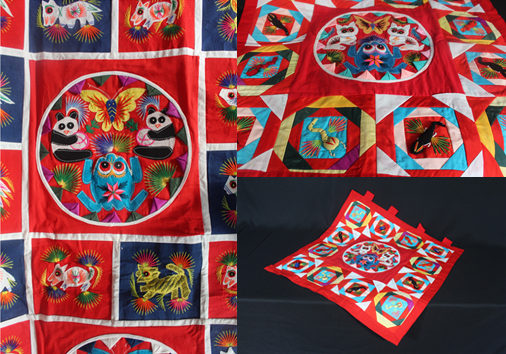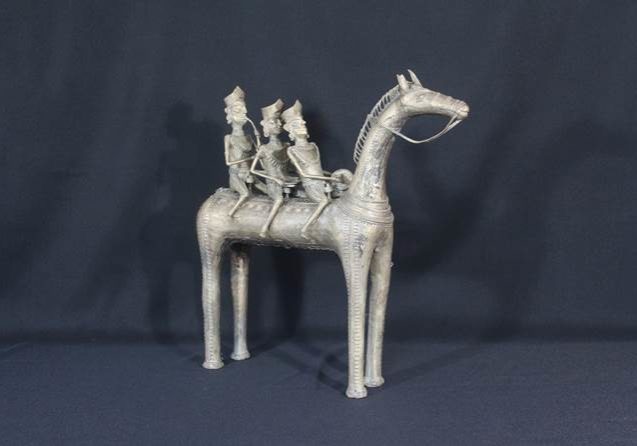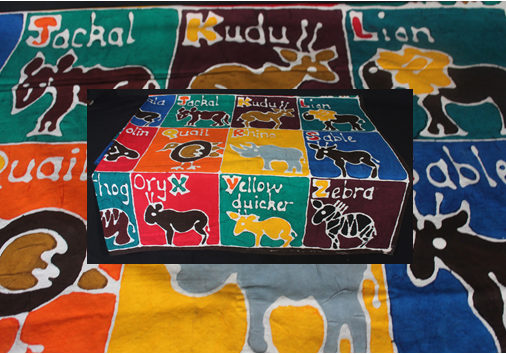We are woven together
The Clarkston Community Center connects refugee artisans from across the globe to the local community and beyond. Be a part of their life-changing story and support custom-made collections.
contact [email protected] or (404) 508-1050.
Miao tribe child's quilt
The Miao are an ethnic minority group originally from South China. Miao embroidery is part of the their heritage and culture. It is often passed down from mother to daughter. The quilts are made with bright colors using hand piecing, foundation piecing, and hand appliqué. The flowers and animals show their respect for nature and life.


Dogon tribal sculpture
The technique of lost-wax metal casting has been practiced in West Africa for centuries. The process requires extensive knowledge of pottery and metalworking, which is used to produce a metal sculpture. In the Dogon tribe of Mali, horses express status, prestige, and power. The horse rider is a spiritual leader of the community who acts as mediator, judge, and guardian of the village. The rider maintains the balance between his people, their ancestors, and powerful spirits. The nobility of the Malian aristocracy is portrayed in this weighty lost wax Dogon horse & rider which shows a fine patina.
African Batik wall hanging
Enock Kolimbo is an internationally known batik artist from Harare, Zimbabwe who specializes in whimsical designs. His designs range from geometric patterns to the animals found in the wild. To make the batik he uses recycled cotton tablecloths and cloth sheets. He then covers the areas that he does not want dyed with sadza, a porridge like paste of maize or wheat, instead of the wax used in other parts of the world. He has been honored by the World Craft Council.


Mali mudcloth wall hanging
Mudcloth, bogolanfini, a fabric originating in Mali. This Malian technique for dyeing cotton with fermented mud dates back to the 12th century. Traditionally, men were responsible for weaving the strips of cotton together on hand looms, while women were responsible for colors and dyeing. To get color and patterns, the cloth is first dyed with tea leaves, then patterns are painted with a fermented mud. As the cloth dries, the color changes, and then the mud can be washed off. White areas are achieved through bleaching. The entire process can take many months.
To learn more, participate, or purchase, contact [email protected] or (404) 508-1050.